Like in the case of iPhones, also on Mac we can sometimes struggle with lack of storage. Since most MacBooks only have a 128 GB SSD in the basic configuration, this rather small storage can quickly become overwhelmed with various data. Sometimes, however, the disk is filled with data that we have no idea about. These are mostly application cache files or browser caches. Let's take a look together at how you can clean up the Other category in macOS, and also how you can remove some unnecessary data to free up storage space.
It could be interest you

How to find out how much free space you have left on your Mac
If you first want to check how much free space you have left on your Mac and at the same time find out how much the Other category takes up, proceed as follows. In the upper left corner of the screen, click on apple logo icon and select an option from the drop-down menu that appears About this Mac. Then a small window will appear, in the top menu of which you can move to the section Storage. Here you will then find an overview of how much of which data categories are taking up disk space. At the same time, there is a button Message, which can help you remove some unnecessary data.
Storage management
If you click the button Management…, this will bring up a great utility that can help you manage your Mac storage. After clicking, a window will appear, in which you will find all the tips that the Mac itself gives you to save space on it. In the left menu, there is a category of data, where next to each of them is the capacity it occupies in the storage. If an item looks suspicious, click on it. You will see data that you can work with and most importantly delete. In the Documents section, you will then find a clear browser for large files, which you can also delete immediately. Simply put, if you're struggling with free storage space on your Mac, I suggest you click through all the categories and remove everything you can.
Deleting the cache
As I mentioned in the introduction, deleting the cache can help you reduce the Other category. If you want to delete the application cache, then switch to active Finder window. Then select an option in the top bar Open and from the menu that appears, click on Open the folder. Then enter this in the text box way:
~/Library/caches
And click the button OK. Finder will then move you to the folder where all the cache files are located. If you are sure that you will no longer need the cache files for some applications, it is simply a click away mark and move to trash. Various images and other data are often stored in the cache, which guarantees that applications will run faster. For example, if you use Photoshop or another similar application, the cache memory may contain all the images you have worked with. This can fill the cache. Using this procedure, you can free the cache to free up disk space.
Deleting the cache from the Safari browser
At the same time, I recommend that you delete cookies and cache from the Safari browser when "cleaning" your device. To delete, you must first activate the option in Safari Developer. You can do this by moving to active Safari window, and then click the button in the upper left corner Safari. Select an option from the drop-down menu that appears Preferences… Then move to the section in the top menu Advanced, where at the very bottom of the window, check the option Show the Developer menu in the menu bar. Then close the preferences. Now, in the top bar of the active Safari window, click on the option Developer and roughly in the middle press the option Empty caches.
Using these tips, you can easily get a few gigabytes of free space on your Mac. You can use the storage management tool to free up space in general, and by clearing the cache you can then get rid of the Other category. At the same time, when deleting files and unnecessary data, do not forget to focus on the folder Downloading. Many users download and download a lot of data, which they do not delete afterwards. So don't forget to delete the entire Downloads folder from time to time, or at least sort it out. Personally, I always do this procedure at the end of the day.
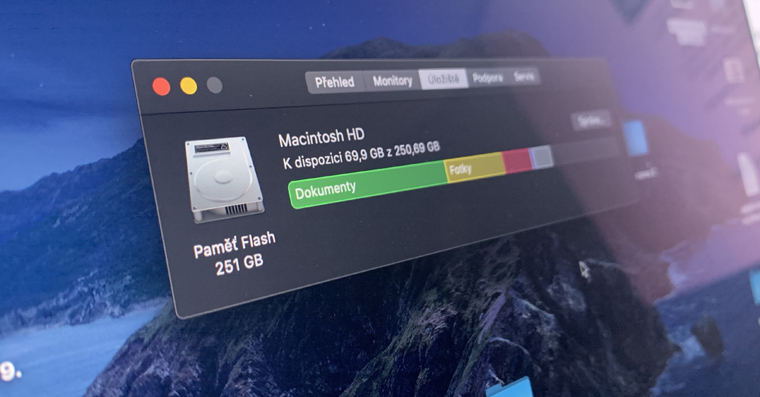
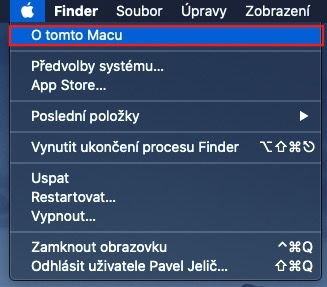
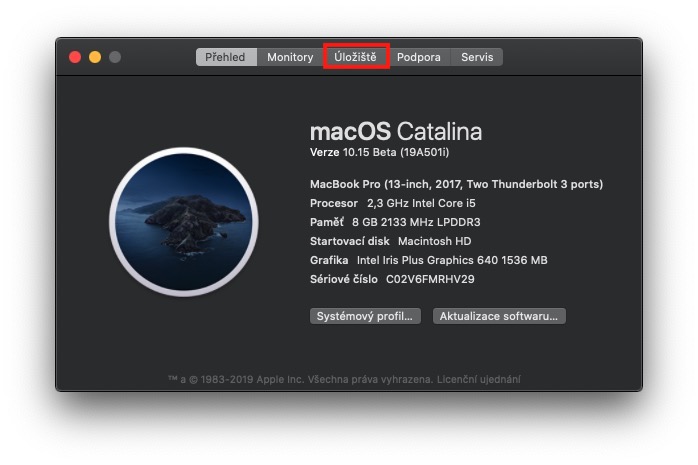
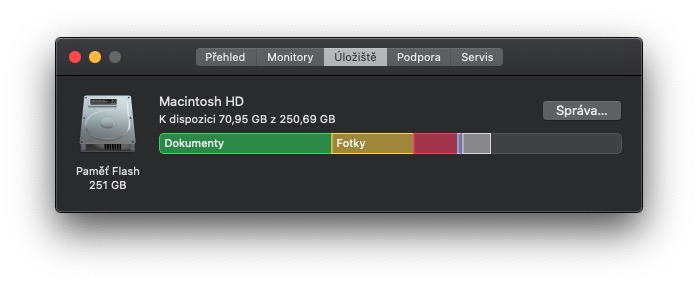
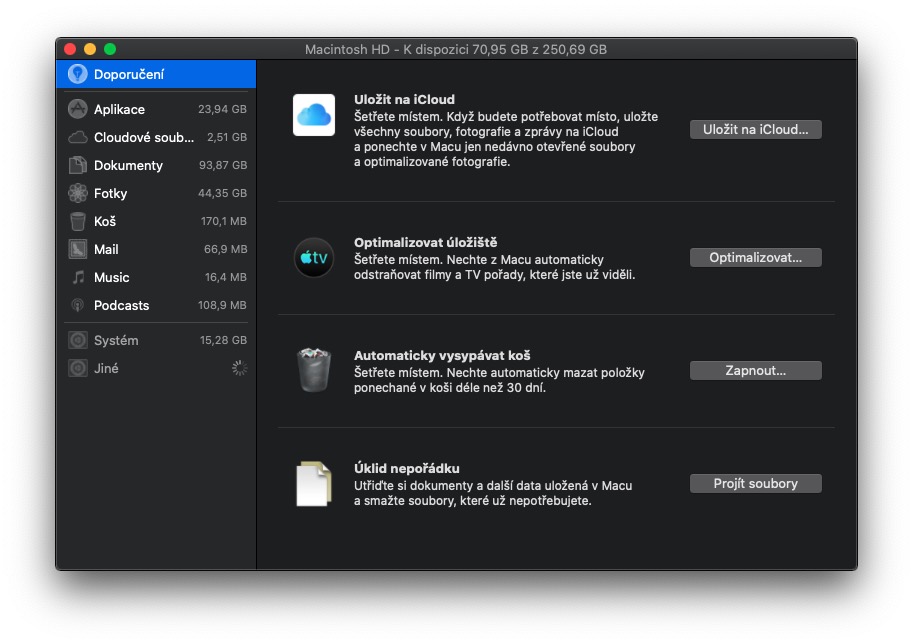
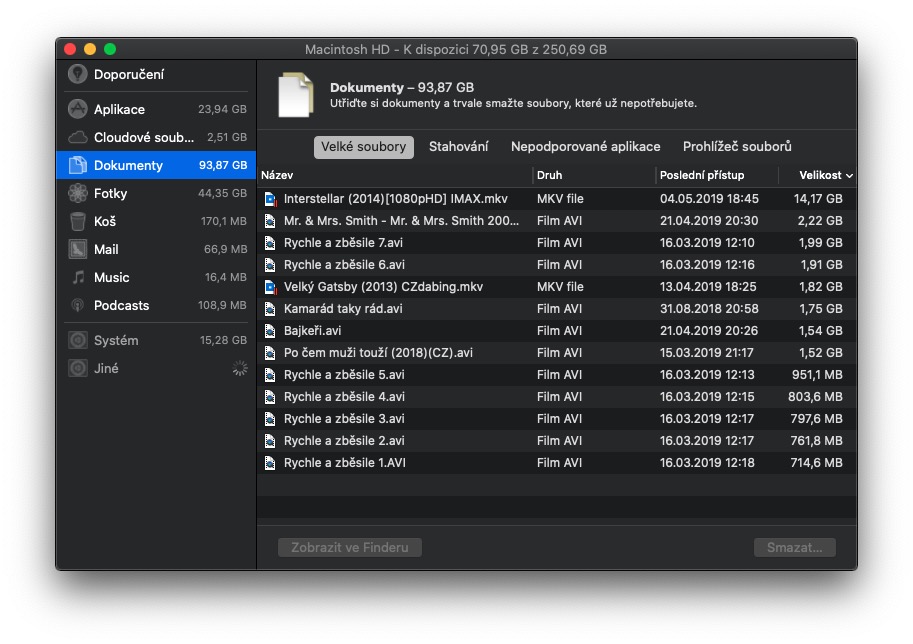
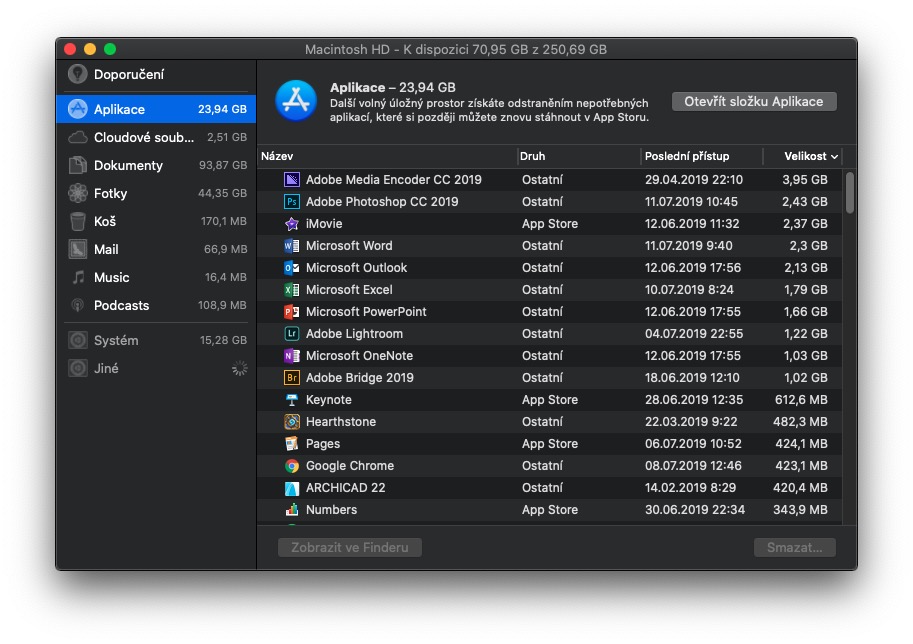
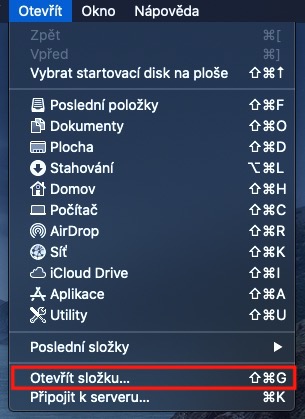
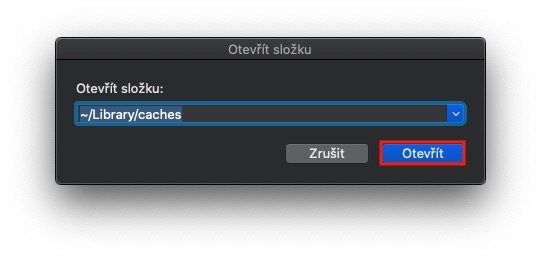
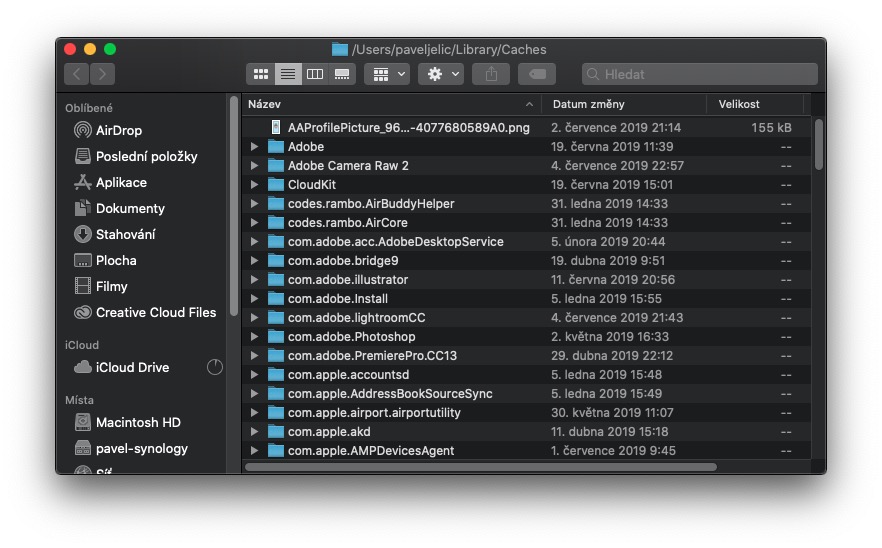
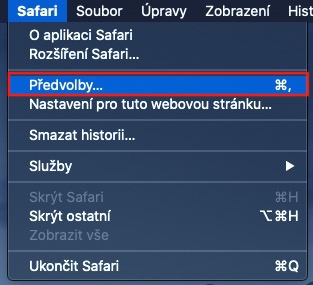
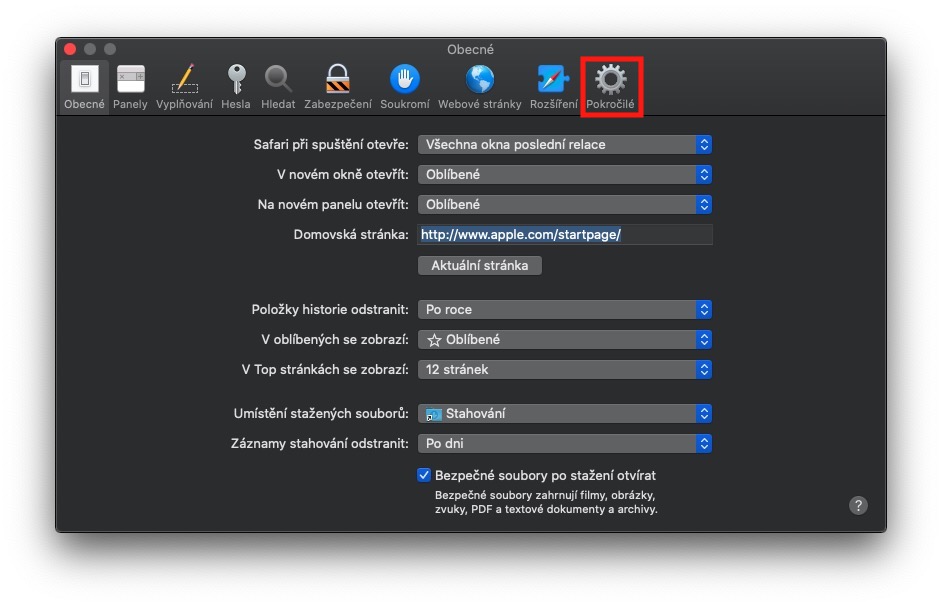
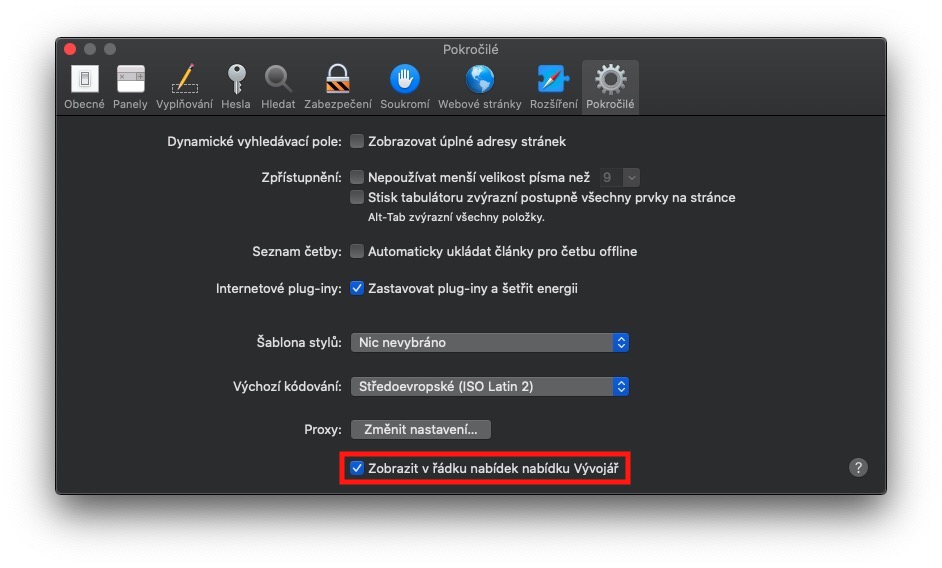
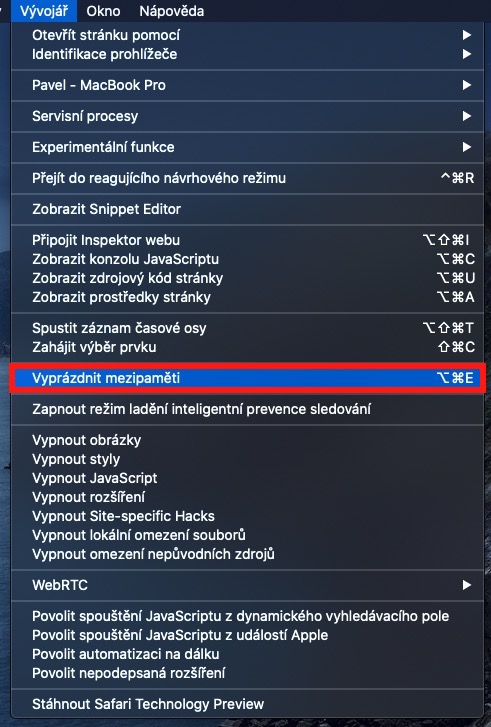
Great advice thanks, I just have a question. I don't know anything about it and I don't know what I can delete from those caches. I would appreciate any advice. I don't have anything extra on my Mac, actually just applications that are already installed from Apple and a few things for school, nothing more. Thanks.
I don't have anything in Caches :( and I have 43 GB in Other
I connect there too, I have 26 GB and I can't find out where they are hiding
+1.. caches empty and in Other 22 GB
I managed to empty "other". They were files from iMovie. You need to go to Imovie-Preferences-Rendered files-Delete
good luck
I have 650 GB in another one.. and I have no idea how to delete it..:-/
I'm unhappy about it, in System Information I see that I have 190,62 GB in SYSTEM and I don't know how to get rid of it :-( I think Parallels and Windows will be hidden there somewhere, and Mack is already lying like a dream to me and constantly says that there is no room for disk. Can anyone advise how to unlock the system?
Hello, since you mentioned Parallels - within this application you will find a utility that allows you to free data from Parallels. I personally managed to free up several tens of GB this way, I am sending the link: https://www.letemsvetemapplem.eu/2020/01/29/jak-na-macu-uvolnit-misto-v-ulozisti-ktere-zabira-parallels-desktop/
Hi all – I have a similar question. I have about 40 folders in the cache folder. What happens if I delete them all? Thanks for the reply
I haven't updated ios to Catalina yet because I don't have the space. So when I find "storage" I don't have "Manage" to click on. I had 2,39 GB of free space and when I deleted 15 GB of music it showed me that I only had 1,47 GB left. I do not understand. At the same time, for the "other" item, it went from 50 GB to 80 GB. I don't know how to deal with it at all.
I have 50 GB in "other". According to the instructions, I have nothing in Caches. I'm already desperate. No matter what I delete, I always have 3 GB of free space. Last time I got down to zero and there was nothing left to delete, so I had to format the entire Mac and reinstall everything. Now I'm at the same point again where I can't use the Macbook because there's no space and I can't even update the system. Please do you know what else could be the problem?
I wiped the cache and something else that the cleaner showed me and I probably sent it and deleted something important. I can't log in, it tells me the wrong password even though I give it 100% correct and even resetting via apple ID doesn't work. Don't know what to do with it?
You may have switched your keyboard to English. If not, reinstall macOS from recovery mode.
Hi, I managed to reduce "other" from 60 to 14GB by deleting the cache, rendered files from iMovie, and if I delete the catalog from LR, I will be almost at zero. Seek and you shall find :)
If you know a little English..
I recommend:
https://www.youtube.com/watch?v=Ca3Ur_TFJsw